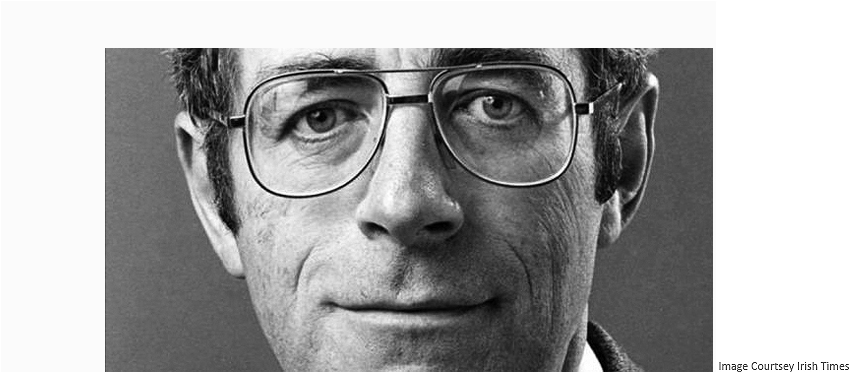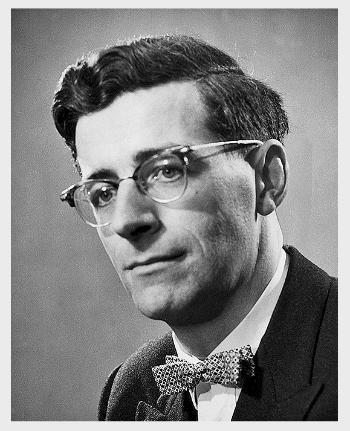In This Section
- Home
- Staff Profiles & Phone Book
- About the Department
- A History of the Department LANDING PAGE
- A history of the Department; The early years to the 1980s
- A history of the Department; The move from the Windle Building to BSI and WGB
- UCC Professors of Anatomy and Heads of Department
- The development of the UCC HUB
- Current students, recent research graduates and awards
- Useful Links
- Welcome from Head of Department of Anatomy and Neuroscience
- Study Anatomy
- Study Neuroscience
- Research
- UCC Anatomical Donations
- Biosciences Imaging Centre
- BSc Medical and Health Sciences
- News & Events
- News Archive 2024
- News Archive 2023
- News Archive 2022
- News Archive 2021
- News Archive 2020
- News Archive 2019
- News Archive 2018
- Recent Publications
- News archive 2017
- News Archive 2016
- News Archive2015
- News Archive 2014
- News Archive 2013
- News Archive 2012
- News Archive 2011
- BRAIN AWARENESS WEEK 2023
- Department Events and Conferences
- Seminar series 2019_2020
- photo galleries
- Narrowing the void Conference 2023
- Photos of BSc Medical and Health Sciences Mentoring launch 2022
- International Women's Day 2023
- 2023 BRIGHT FUTURES - Celebrating our researchers
- 2023 UCC Futures - Future Ageing & Brain Sciences
- Recent Graduations July 2023
- Anatomy and Neuroscience Top 100 Anatomy Physiology 2023
- BRAIN AWARENESS WEEK 2023 FUN AND GAMES EVENT
- Medical and Health Sciences First year class 2023
- 2023 Brain Awareness week Scientific discussion photo gallery
- World Anatomy Day 2023
- BSc MHS MENTORING PROGRAMME 2023
- BSc Medical and Health Sciences Graduation 2023
- BSc Neuroscience Graduation Photo Gallery 2023
- Dr Kathy Quane Nov 2023
- THANKSGIVING PHOTOS 2012
- Photo Gallery: Society of Translational Medicine Careers Fair 2023
- Photo Gallery:2023 TRAIN AWARDS
- Photo Gallery:2024 Creative Week St Joseph's NS
- Photo Gallery: Department of Anatomy and Neuroscience Thanksgiving Service 2024
- Photo Gallery: Professor Aideen Sullivan farewell party
- Photo Gallery: Irish Pain Society Annual Scientific Meeting Cork 2023
- Photo Gallery: 2024 Medical and Health Sciences Graduation
- Photo Gallery: Medical and Health Sciences Meet and Greet 2024
- Photo Gallery: 2024 BSC NEUROSCIENCE Graduation
- Photo Gallery: 2025 INTERNATIONAL WOMEN'S DAY
- Photo Gallery: 2025 BSc Neuroscience class and staff
- Photo Gallery: 2025 BRAIN CONNECTIONS
- BSc Neuroscience Graduation Photo Gallery 2025
- World Anatomy Day 2025
- UCC Learning and Teaching Showcase 2025
- Narrowing the Void Conference 2023
- Department of Anatomy and Neuroscience Contact Us
Obituary - Turlough FitzGerald, former lecturer Department of Anatomy

Professor Turlough FitzGerald, a leading Irish anatomist and former anatomy lecturer in the Department of Anatomy University College Cork, died in September 2014.
Professor MJT FitzGerald (1929–2014)
John Fraher
Article first published online: 9 JUL 2014 DOI: 10.1111/joa.12218 © 2014 Anatomical Society Issue
Turlough FitzGerald was a consummate Anatomist in the spirit and the letter. These qualities, with his outstanding gifts for teaching and for research, resulted in a most distinguished and fulfilled life. In this, he had the inestimable support of his wife and colleague, Dr Maeve FitzGerald.
After an extraordinarily distinguished undergraduate career he qualified in Medicine at University College Dublin in 1952. Following house jobs in Ireland and the UK, he was appointed Statutory (Senior) Lecturer in Anatomy at University College Cork in 1954. Here, under the uniquely creative tutelage of Professor MA MacConaill, his research and teaching blossomed rapidly and he became a first rate Anatomist. He took his PhD in 1960. He remaine d in Cork for 9 years. During this time he spent a sabbatical year at St Thomas's Medical School as well as several research study periods in other UK Anatomy Departments. In 1964 he left for the United States, where he spent 2 years each at the Departments in St Louis and Seattle. In 1968 he returned to Ireland to take up the Chair at University College Galway, now National University of Ireland Galway. Throughout his time there, he consistently developed and enhanced the department. He also guarded the traditions of his subject and furthered its status as a clinically relevant discipline, fundamental to the Medical curriculum. The respect in which he was held by his clinical colleagues testifies to this.
d in Cork for 9 years. During this time he spent a sabbatical year at St Thomas's Medical School as well as several research study periods in other UK Anatomy Departments. In 1964 he left for the United States, where he spent 2 years each at the Departments in St Louis and Seattle. In 1968 he returned to Ireland to take up the Chair at University College Galway, now National University of Ireland Galway. Throughout his time there, he consistently developed and enhanced the department. He also guarded the traditions of his subject and furthered its status as a clinically relevant discipline, fundamental to the Medical curriculum. The respect in which he was held by his clinical colleagues testifies to this.
His researches manifest a wide-ranging and incisive mind. He published consistently throughout his career in a variety of fields. While the range was wide, the contribution for which he will be best remembered was to the understanding of the light microscopy of the peripheral nervous system, and in particular the field of cutaneous sensory innervation. Here he made major contributions to the clarification of the complex topic of the morphology, development and lifetime changes of peripheral nerve endings. Equally important landmarks were the elucidation of the connections of lingual proprioceptors and, perhaps his best known single publication, with Alexander, on the ganglia within the tongue. He made significant contributions in several other areas such as transmedian innervation, the nerve supply to hairless skin and to skingrafts, congenital anomalies of the large intestine, peripheral nerve fibre composition and interconnections. His publications are notable for their meticulous experimentation, painstaking observation and clarity of presentation.
Turlough FitzGerald was not just an outstanding scientist. He was at least equally distinguished as a teacher and educator. His range of skills was such as is rarely if ever seen today. He could discourse on any anatomical, embryological, histological or neuroanatomical topic. His lectures were typified by a unique lucidity. He could distil any topic and crystallise it in a lively and memorable way. He brought to his teaching the inestimable assurance which derives from clinical experience. Not surprisingly then, his standing as a teacher was legendary. His commitment to his students was complete; despite periods of significant illness, his determination on their behalf stimulated him to extraordinary efforts to ensure that they never lost out. Inevitably, his enthusiasm as a teacher led to publications, including a comprehensive book of Anatomy multiple choice questions, a book on embryology, with his wife Maeve as co-author (1994), and most notably, to his Clinical Neuroanatomy. This first appeared in 1985 and since then has had five further editions. It gained worldwide standing with each new version, incorporating throughout contemporary developments from the rapidly changing world of structural and functional neuroscience. It has become one of the leading neuroanatomy texts; the fourth edition won first prize in the BMA Medical Book competition. A seventh edition is in preparation; the title is to be changed, involving the ultimate accolade: it is to become eponymic. That it will henceforth be calledFitzGerald's Clinical Neuroanatomy and Neuroscience was a source of great and thoroughly deserved joy to him in his last year.
Turlough's quiet enthusiasm for his discipline was boundless. With Maeve, he travelled widely in the cause of Anatomy. Inter alia, in the 1980s they made several trips to Tanzania, where they helped in setting up a new Medical School, establishing an Anatomy Audiovisual Unit.
Maurice John Turlough FitzGerald held the MD and DSc of the National University of Ireland and was a Member of the Royal Irish Academy.
see also The Irish Times http://www.irishtimes.com/life-and-style/people/leading-anatomist-who-revelled-in-teaching-1.1943152
Department of Anatomy and Neuroscience
Anatamaíocht agus Néareolaíocht
Contact us
Room 2.33, 2nd Floor, Western Gateway Building, University College, Cork, Ireland
